Key Takeaways:
- The Consolidation Act of 1854, also known as the “Act of Consolidation,” was a game-changing piece of legislation that fundamentally altered the political and physical landscape of Philadelphia.
- The law sought to address issues such as confusion and inefficiency by merging the city of Philadelphia with surrounding counties.
- It also led to the construction of new roads, bridges, and public buildings, as well as the expansion of public services such as water and sewage systems.
- Additionally, it had a significant impact on the city’s physical landscape, creating new neighborhoods and districts, and expanding existing ones.
What is the Consolidation Act of 1854?
The Consolidation Act of 1854, also known as the “Act of Consolidation,” was a game-changing piece of legislation that fundamentally altered the political and physical landscape of Philadelphia. This law, passed by the Pennsylvania legislature, united the city of Philadelphia with the surrounding counties, creating the largest city in the United States at the time and setting the stage for the modern metropolis we know today.
Before the Consolidation Act, Philadelphia was a city of just over 500,000 people, surrounded by a patchwork of independent townships and municipalities. These surrounding areas, known as the “boroughs,” had their own governments and systems of taxation, which often led to confusion and inefficiency. The Act of Consolidation sought to address these issues by merging the city of Philadelphia with the surrounding counties of Delaware, Chester, and Montgomery, creating a single, unified municipality.
The Consolidation Act was the brainchild of a group of forward-thinking Philadelphians, known as the “City-County Party,” who believed that a larger, more centralized government would be better equipped to address the city’s growing infrastructure and public health needs. They also believed that consolidation would lead to greater efficiency and economy, as well as increased representation for the city’s rapidly growing population.
The Consolidation Act was passed by the Pennsylvania legislature in 1854, and it went into effect on January 1, 1855. The new city of Philadelphia covered an area of 132 square miles, making it the largest city in the United States at the time. The city’s population quickly grew to over 800,000, making it one of the most populous cities in the world.
How Did the Act of Consolidation Impact Philadelphia?
The Consolidation Act had a profound impact on the city of Philadelphia. It led to the construction of new roads, bridges, and public buildings, as well as the expansion of public services such as water and sewage systems. The act also led to the creation of a more centralized and efficient government, which was better able to address the needs of the city’s rapidly growing population.
The Consolidation Act also had a significant impact on the city’s physical landscape. The act led to the creation of new neighborhoods and districts, as well as the expansion of existing ones. The city’s center of gravity shifted from the original city center to the newly created neighborhoods in the surrounding areas. This created a more diverse and dynamic city, with a rich tapestry of neighborhoods, each with its own unique character and history.
The Consolidation Act was not without its critics, however. Some argued that the act was a power grab by the City-County Party and that it would lead to the domination of the city by a small group of wealthy and powerful individuals. Others argued that it would lead to the displacement of residents from the surrounding boroughs and neighborhoods, who would be forced to move to make way for the new city.
Despite these criticisms, the Consolidation Act stood the test of time and remains a defining moment in Philadelphia’s history. The act was the driving force behind the city’s rapid growth and expansion in the late 19th and early 20th centuries, and it set the stage for the modern metropolis that we know today.
An 1846 advertising print depicts a three-story building marked as “140,” an address that existed pre-consolidation.
The Consolidation Act Today
Today, the Consolidation Act is still celebrated and honored in Philadelphia. The act is remembered as a turning point in the city’s history, and it is credited with laying the foundation for the city’s continued growth and prosperity. The act is also seen as a symbol of the city’s resilience and ability to adapt to change, and it continues to inspire Philadelphians to look to the future with hope and optimism.
To this day, the Consolidation Act of 1854 stands as a transformative piece of legislation that fundamentally changed the political and physical landscape of Philadelphia. It not only united the city physically but strengthened the community as a whole through major advances in infrastructure.
References
(ca. 1870) Philadelphia Brewery. Pennsylvania Philadelphia, ca. 1870. [Photograph] Retrieved from the Library of Congress, https://www.loc.gov/item/2010651258/.
Hoffy, A. M. (1846) View of Robert Buist’s City Nursery and Greenhouses. Number 140 South Twelfth Street, Philadelphia. Pennsylvania United States of America Philadelphia, 1846. Philadelphia: Printed by Wagner & McGuigan. [Photograph] Retrieved from the Library of Congress, https://www.loc.gov/item/2021670240/.
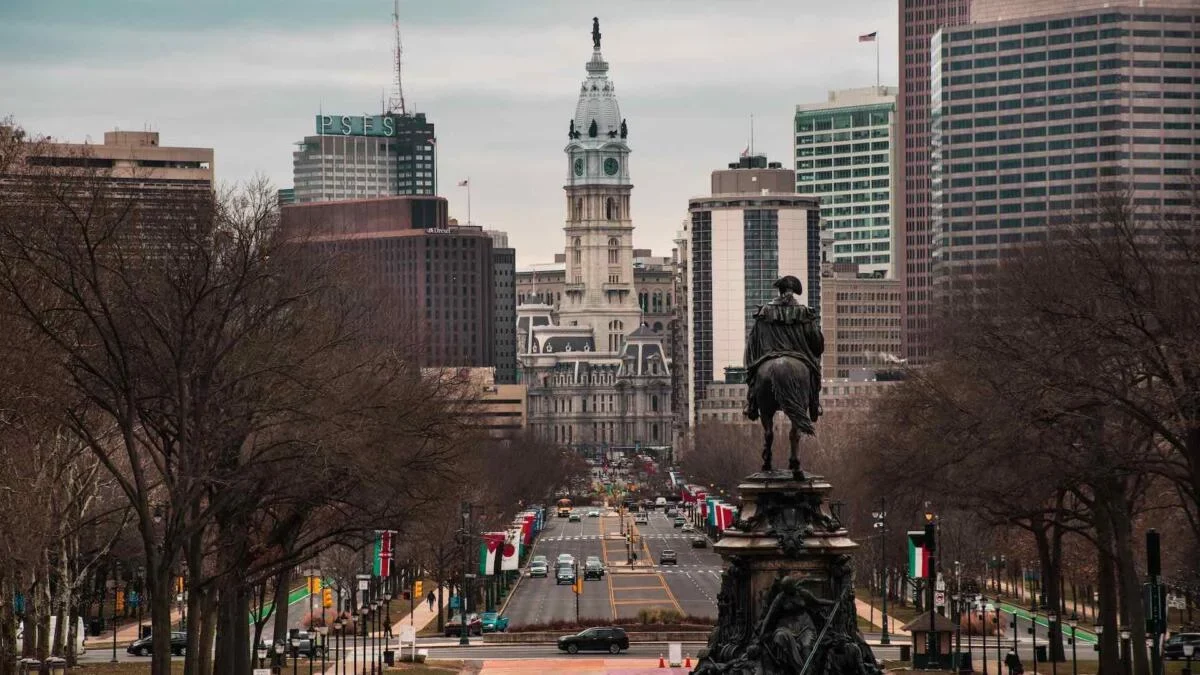
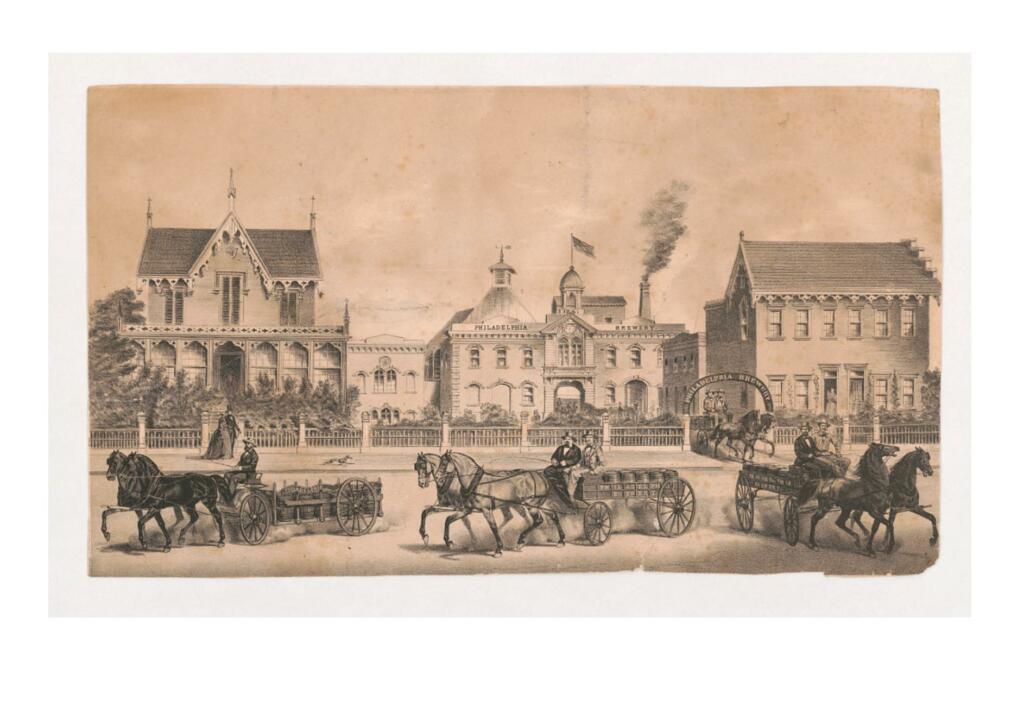
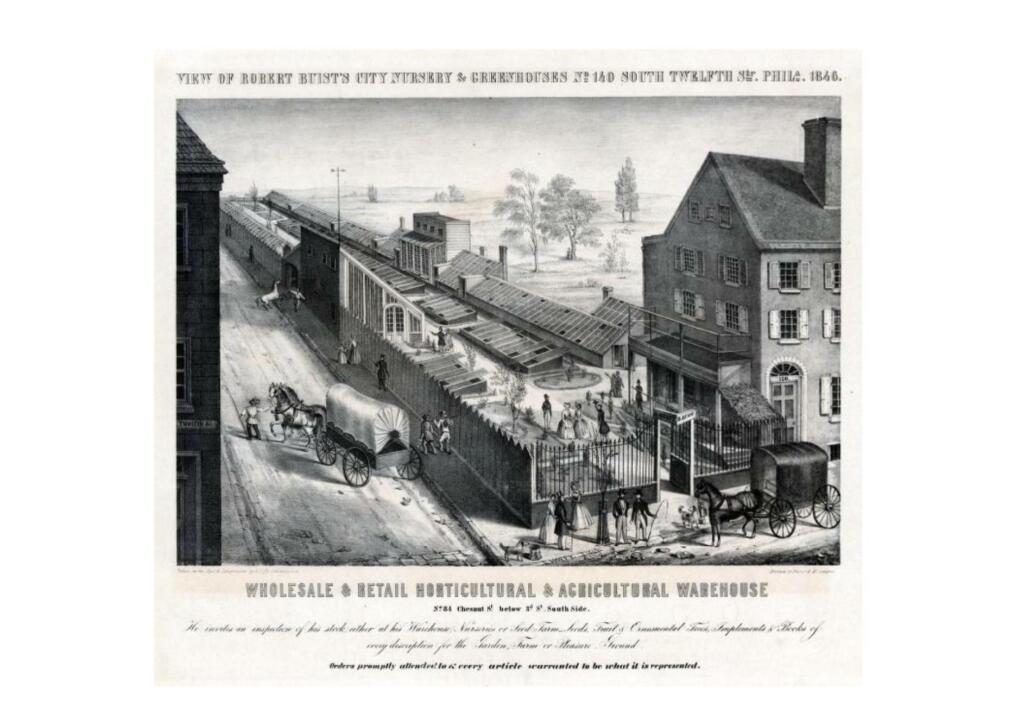

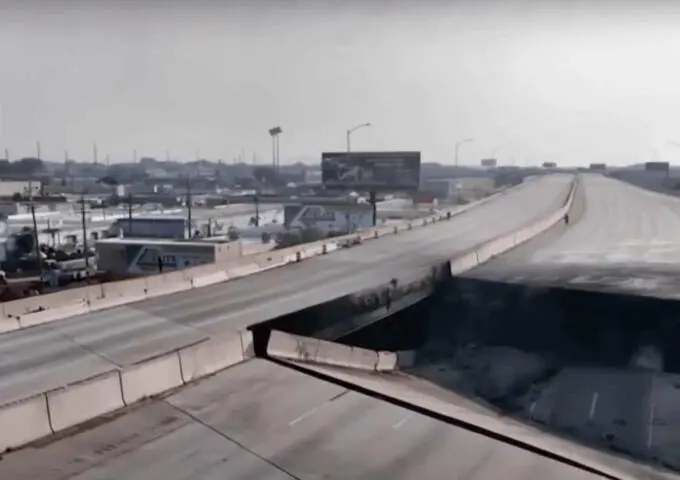
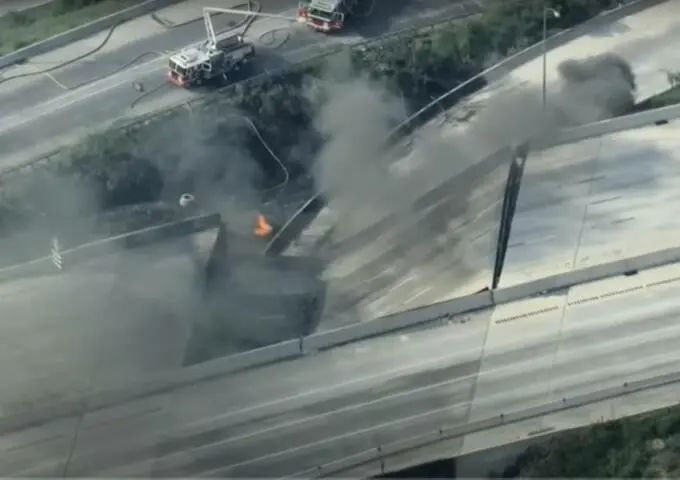
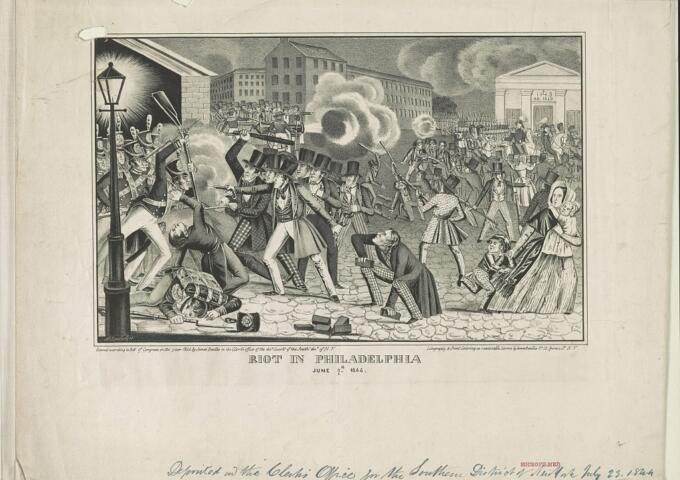

Leave a Reply